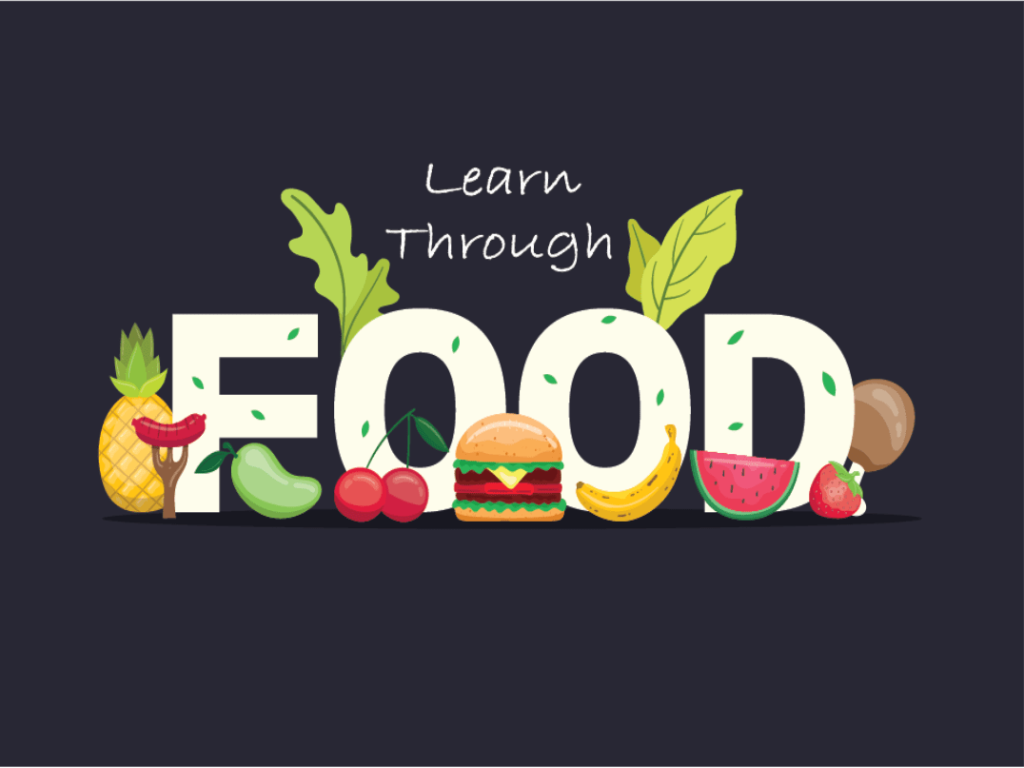One of the great things about Arabic isn’t only learning the language, but also learning about the Arab culture. For some, that especially means learning about Arab food. Now you can combine the two together by using your love of Arab cuisine to learn even more of the Arabic language. Here are a few ways how:
Your Arabic Menu Is Your Dictionary
What’s a better way to feed both your stomach and your head than by going to an authentic Arab restaurant? First, you can sometimes learn basic Arabic words before you even step into a restaurant just by its name alone. In fact, you’ve probably already learned some by passing places with names like “Hossein’s Persian Kebab”, the “Shawarma Snack Shack” or “Yo! Falafal!” and that’s before you even got to see the menu.
Also, in most good Arabic restaurants, the name of the dish will be written in Arabic and English. Not only will reading the menu in Arabic help you learn to read Arabic better, but also chatting with the employees about the main courses, the ingredients, and cooking methods can help you learn to speak Arabic better as well.
Food Markets are a Cornucopia of Food Words
If you’re traveling to one of the Arabic speaking countries, try going to a local food market. Trading and bartering at marketplaces can often get very loud. You can listen to the vendors hawking their wares and listening to their customers negotiating a price. By this, you can improve both your Arabic listening skills and your understanding of how Arabic is spoken. For sure you will hear the names of fruit, vegetables, and numbers.
Join an Arab Cooking Class
The best way to learn Arabic is to engage in shared activities with native speakers. So, if you live in a Middle Eastern country, join a culinary class. If you don’t live in the Arab world, try looking for Arab cooking seminars or for an Arabic cooking group. You’ll not only improve your Arabic, but also get a much deeper insight into Arab culture. If no Arab culinary classes can be found locally, tune into one of the internet’s many video sharing websites. You’ll learn food-related Arabic vocabulary while also learning how to cook delicious Arab dishes.
A Recipe for Arabic Success
Recipes are great tools for learning Arabic as they usually follow a predictable pattern of introducing the meal, listing its ingredients, and presenting instructions for making it step by step, making them really easy to follow even if you are a complete novice cook in Arabic; however, it’s the structure, the recognizable units of measurement, and quite often, the multinational name brands which allow recipe books to be much more approachable than Arab newspapers or fiction.
Start by translating each of the ingredients from Arabic into your mother language. Because of the spice trade, you’ll find that the names of many spices will sound very similar to their English names like or kammoun (cumin), zaafaran (saffron), and fanilla (vanilla).
Check Your Kitchen
No matter where you live in the world, thanks to the expansion of global trade, you’ll find a lot of today’s food packaging includes nutrition and ingredient labels in a plethora of languages which often includes Arabic. So, the next time you’re going through your pantry or fridge, check out the labels on your food items. Now your morning routine can include learning Arabic while you’re eating your milk and corn flakes. Isn’t that great?
If you enjoyed this article and would like to know more about the Arabic language, visit the Kaleela website. While you’re there, why not check out the Kaleela Arab language learning app? It is one of the best Arabic language apps available for download to your IOS or Android mobile device.




